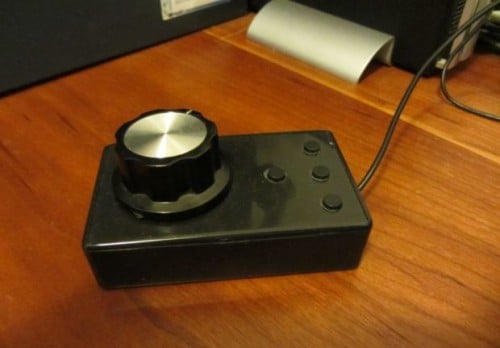First tests of the LimeSDR with GQRX
The LimeSDR is a new SDR $299 USD currently seeking crowdfunding over on CrowdSupply. At the time of this post the LimeSDR is currently 60% funded, with 29 days left to go. The LimeSDR is a RX/TX capable device, with a 100 kHz – 3.8 GHz frequency range, 12-bit ADC and 61.44 MHz bandwidth. From the price and specs, we consider it to be a potential next generation HackRF type device which will have vastly improved RX performance.
Over on the MyriadRF blog, Alexandru Csete has received a demonstration unit, and has written about his first thoughts on the LimeSDR. Alexandru was able to easily set the device up by using SoapySDR and GQRX on Linux. He first did the “hello world” of SDR and was able to successfully receive broadcast FM signals. Next he tried to receive Amateur Satellite signals and was successful in receiving the FO-29 satellite. Finally he was also successful in receiving NOAA weather satellite images.
From a quick judge of the waterfall images it looks as though the LimeSDR has a very clean spectrum with a low noise floor, which looks good for RX. In future posts Alexandru hopes to test out the transmit capabilties of the LimeSDR, as well as its shortwave RX performance.





